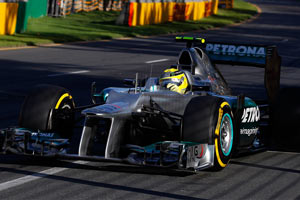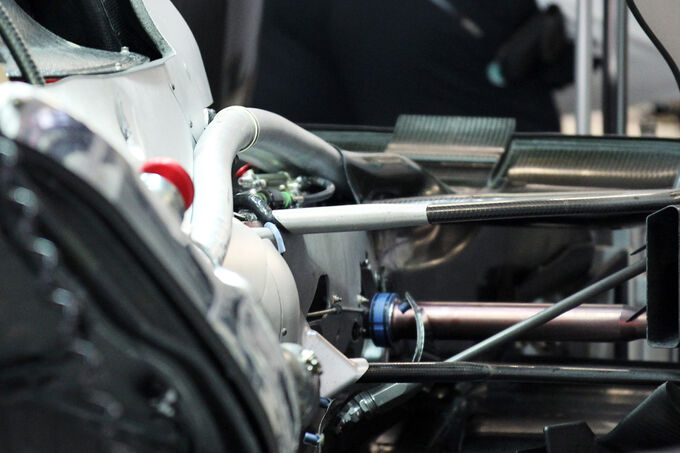WhiteBlue wrote:bhallg2k wrote:WhiteBlue wrote:That is pretty much what I have proposed. Call it a fluidic switch or an amplifier it is still the same thing.
feni_remmen wrote:I think there is potentially quite a large difference between the interpretation of what an amplifier is as opposed to a fluidic switch. So whiteblue, while your interpretation seems the same, perhaps using the word amplifier in this context is a little more confusing the more appropriate fluidic switch.
Agreed, especially when one considers an earlier post on the subject.
In response to the idea that the gap between Rosberg and Schumacher in qualifying was the result of Rosberg having the Daffy Duct, and Schumacher did not.
WhiteBlue wrote:Or they had an amplified and a non amplified system, as I have suggested before.
I'm a bit confused here. Are you trying to say that Mercedes has two distinct systems, one that works and one that does not? Without a fluidic switch, or an amplifier as you call it, the system is just extra weight.
Perhaps I have to explain the hypothesis in greater detail.
System one, non amplified would take the air from the rear wing all the way to the front wing to stall it. The obvious disadvantage would be a relatively high pressure loss along the way. The stall effect may be reduced or not possible. Hard to tell.
System two would require the pressure from the rear wing only reach the front scoop where it switches the fluidic switch. At this point you have the full pressure again and the air has now only to make a relatively short way to the front wing stalling slits. That way the second scoop and fluidic switch has an amplifier function because it bring the pressure back to full potential.
Hey Whiteblue, I think we get the idea. Both those are the obvious solutions, and the system with a fluidic switch seems more useful, I just felt using the word amplified confused the issue. Assuming they have a system fed from the rear holes that isn't switched, then a fluidic switched system is of course comparatively amplified. I don't mean to harp on about a wording issue, it just seemed to cause confusion for those that don't understand. I will stop harping on about it.
On the issue of the flow direction in or out of the DRS holes, my first thoughts were that the flow went out those holes and the switch was activated by this function. If it is a switching system it wouldn't really matter although one way or the other would have advantages, but who's to say. Anyway, it seems that all the chatter has it going in to the holes, so I will let the discussion continue.
I really enjoy reading these posts. Thanks guys.






